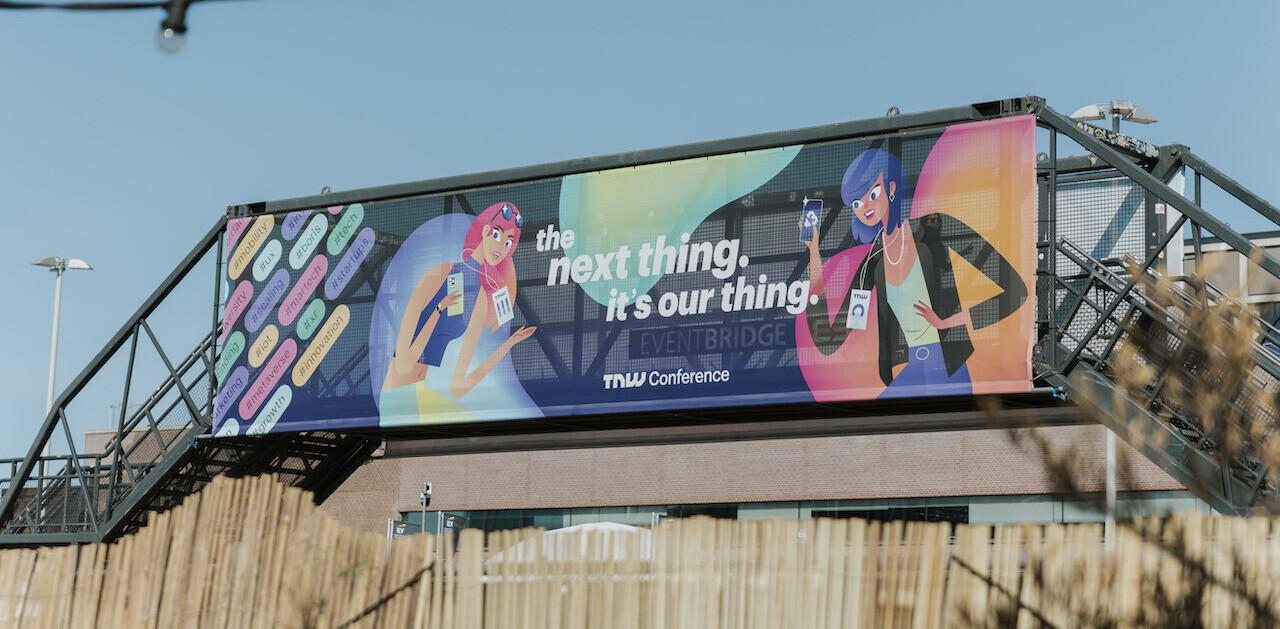Nearly a quarter of Americans surveyed admitted to sharing fake news. You can interpret this two ways: that’s not as terrible as I first thought; or, three-quarters of Americans are liars (or completely oblivious).
According to a new report from the Pew Research Center: 23 percent of respondents admitted to sharing fabricated political stories on social media. Of this group, 14 percent of respondents said they shared the news knowing it was fake at the time. For what it’s worth, 84 percent of the country is either ‘very’ or ‘somewhat’ confident in its ability to spot fake news. Only 16 percent of the country admits it can’t tell the difference or has difficulty in discerning what’s true and false.
64 percent of the country believes fake news is an issue. What’s interesting, though, is there wasn’t a great deal of deviation between any demographic. The most notable were in age — younger people believe it to be a bigger problem — and income level — it becomes a bigger problem as income rises. For example, only 58 percent of those making less than $30,000 annually responded that fake news caused ‘a great deal’ of confusion, while 73 percent of those making $75,000+ annually held the same belief.
This is perhaps the most interesting part:
Frequent spotters of made-up online political news are more likely to believe fake news causes confusion – and are also more confident in their ability to identify it. Roughly eight-in-ten (82%) of those who say they often see fake news online think such completely made-up news causes a great deal of confusion, compared with 56% of those who see fake news less frequently. And 51% of those who often see fake news are very confident in their ability to identify fake news, compared with a third of those who see it less often.
This suggests there might not be a discrepancy in the timelines of the 82 percent who say they see often see fake news online when compared with the 56 percent who see it less frequently. Instead, it comes down to their ability to identify it.
The data is from a group of more than 1,000 people, all surveyed via telephone.
Unfortunately, the survey doesn’t really tell us what constituted fake news to the respondents. After all, only 22 percent of Americans trust local news organizations, and that number drops to 18 percent for national news sources. In theory, respondents could have shared real news which they were later convinced was fake. Conversely, they might have shared fake news that wasn’t questioned — leading them to believe it was real, even months later.
via Poynter
Get the TNW newsletter
Get the most important tech news in your inbox each week.





